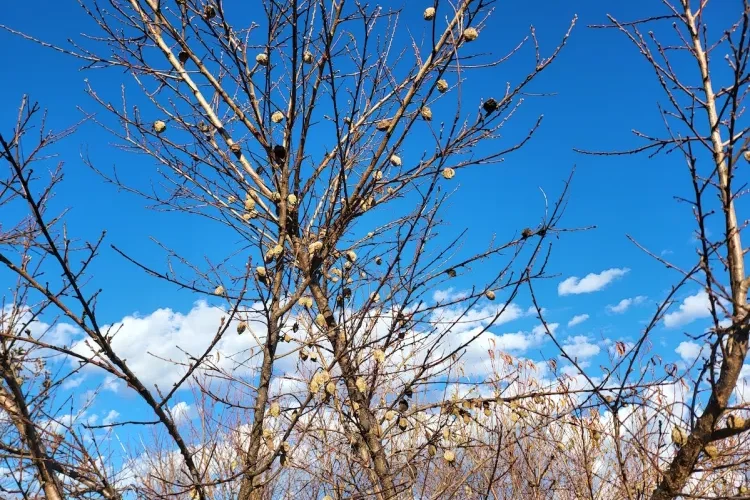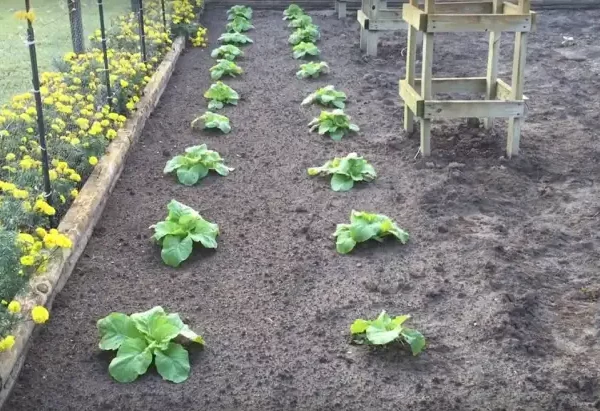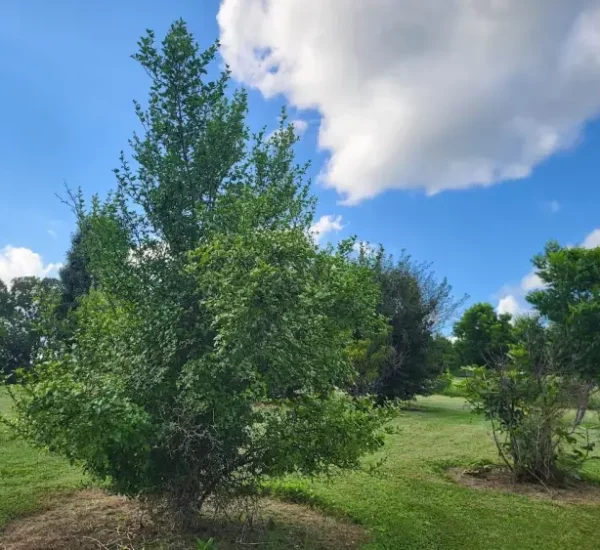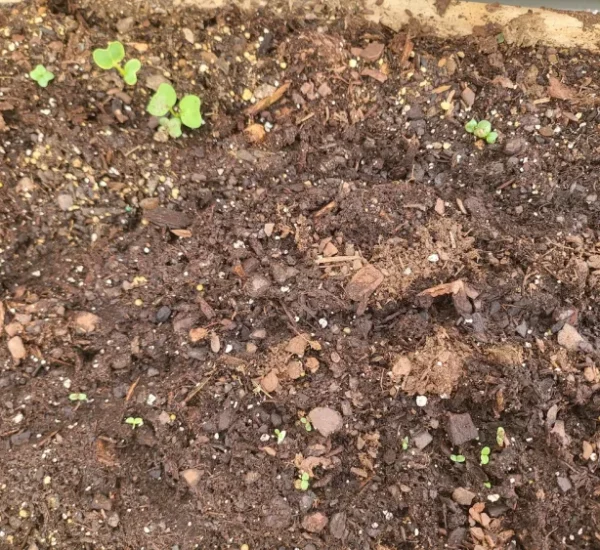Mummified fruit, if left unattended, can pose significant risks to the health of fruit trees and the overall orchard ecosystem. In this expert guide, we’ll delve into the importance of removing mummified fruit, the potential consequences of neglecting this task, and best practices recommended by government agencies, horticultural bodies, and academic experts.
1. Understanding the Importance of Removing Mummified Fruit
Horticultural Insight
The Royal Horticultural Society (RHS) emphasizes the importance of removing mummified fruit from trees to prevent the spread of diseases such as brown rot and apple scab, which can devastate fruit crops.
Tip
Mummified fruit serves as a breeding ground for pathogens and pests, increasing the risk of disease and reducing overall fruit quality. Regular removal is essential for maintaining orchard health and maximizing yields.
2. Identifying Mummified Fruit
Government Recommendation
The United States Department of Agriculture (USDA) provides guidance on identifying mummified fruit, which often appears shriveled, dry, and may remain attached to tree branches despite being dead.
Tip
Conduct thorough inspections of fruit trees during dormancy periods to identify and remove any mummified fruit. Pay close attention to areas where fruit was previously attached, as these are common sites for mummification.
3. Consequences of Neglecting Mummified Fruit Removal
Academic Research
Studies published in the Journal of Plant Pathology & Microbiology highlight the role of mummified fruit in harboring fungal pathogens and insects, leading to increased disease incidence and reduced fruit quality.
Tip
Failure to remove mummified fruit can result in the spread of diseases throughout the orchard, decreased fruit yields, and compromised tree health. Prompt removal is crucial for disease management and maintaining orchard productivity.
4. Best Practices for Removing Mummified Fruit
Expert Advice
The University of California’s Integrated Pest Management (IPM) program recommends using sanitized pruning shears or hand-picking to remove mummified fruit from trees, ensuring thorough sanitation between cuts to prevent disease transmission.
Tip
Dispose of removed mummified fruit by either burying it deep in the ground away from the orchard or placing it in sealed bags for landfill disposal. Avoid composting mummified fruit to prevent disease reintroduction into the orchard ecosystem.
5. Implementing Preventative Measures
Horticultural Society Guidance
The Australian Horticultural Society advises implementing preventative measures such as proper tree spacing, adequate sunlight exposure, and regular orchard sanitation practices to minimize mummified fruit formation.
Tip
Maintain good orchard hygiene by removing fallen fruit promptly, pruning trees to improve air circulation, and implementing appropriate disease management strategies. These proactive measures can help reduce the incidence of mummified fruit and associated diseases.
By adhering to these expert recommendations and understanding the importance of timely mummified fruit removal, orchardists can effectively manage disease risks, maintain orchard productivity, and ensure the long-term health of fruit trees.
Sources
- Royal Horticultural Society (RHS)
- United States Department of Agriculture (USDA)
- Journal of Plant Pathology & Microbiology
- University of California Integrated Pest Management (IPM) Program
- Australian Horticultural Society
- Best THC Sodas to Buy in Arkansas - May 28, 2025
- Exploring THC-Infused Sodas in Arkansas - May 28, 2025
- THC Beverages Now Trending in Alabama - May 28, 2025




